
St. John of Nepomuk Church
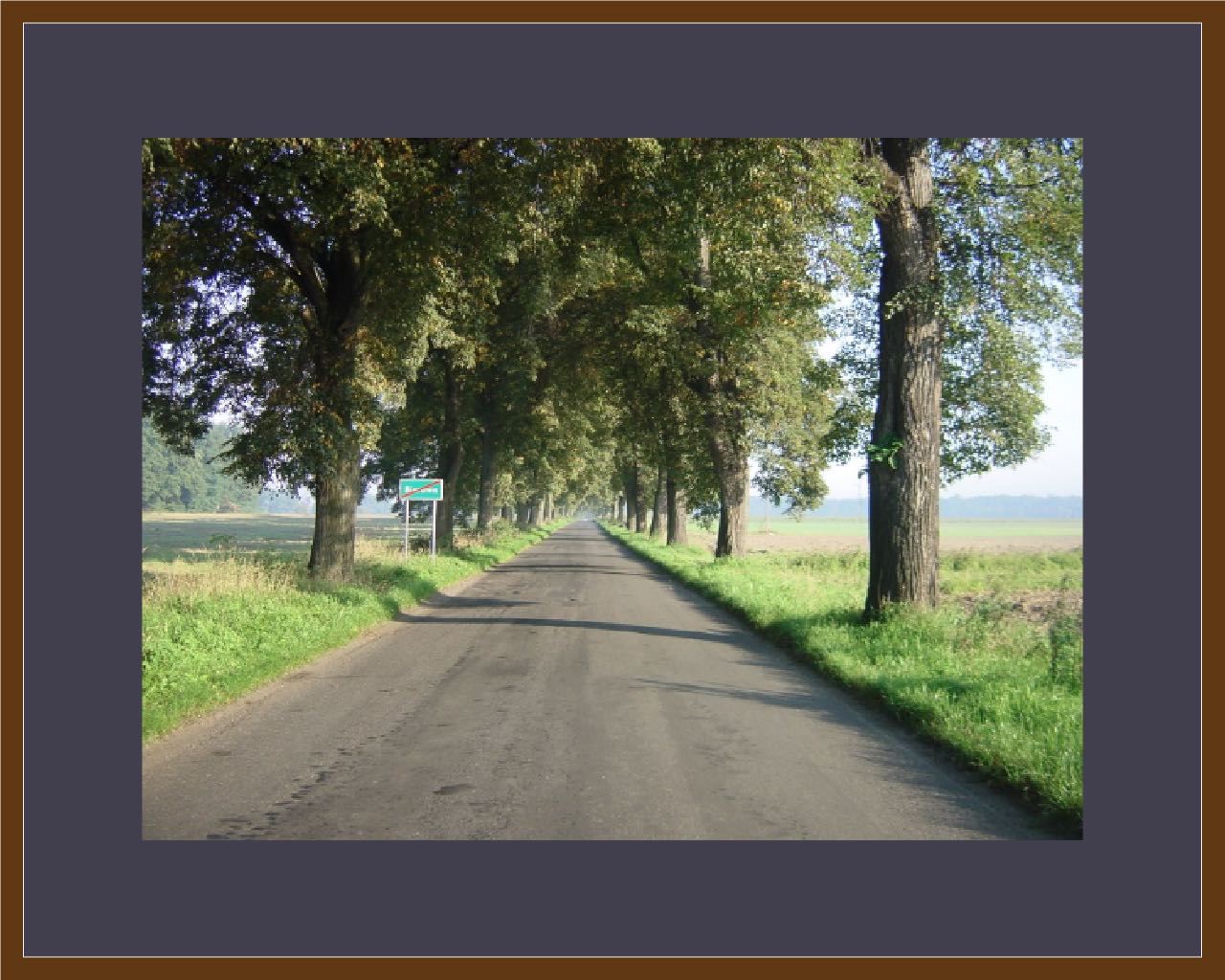
The back road from Butch's crash sites to the church.
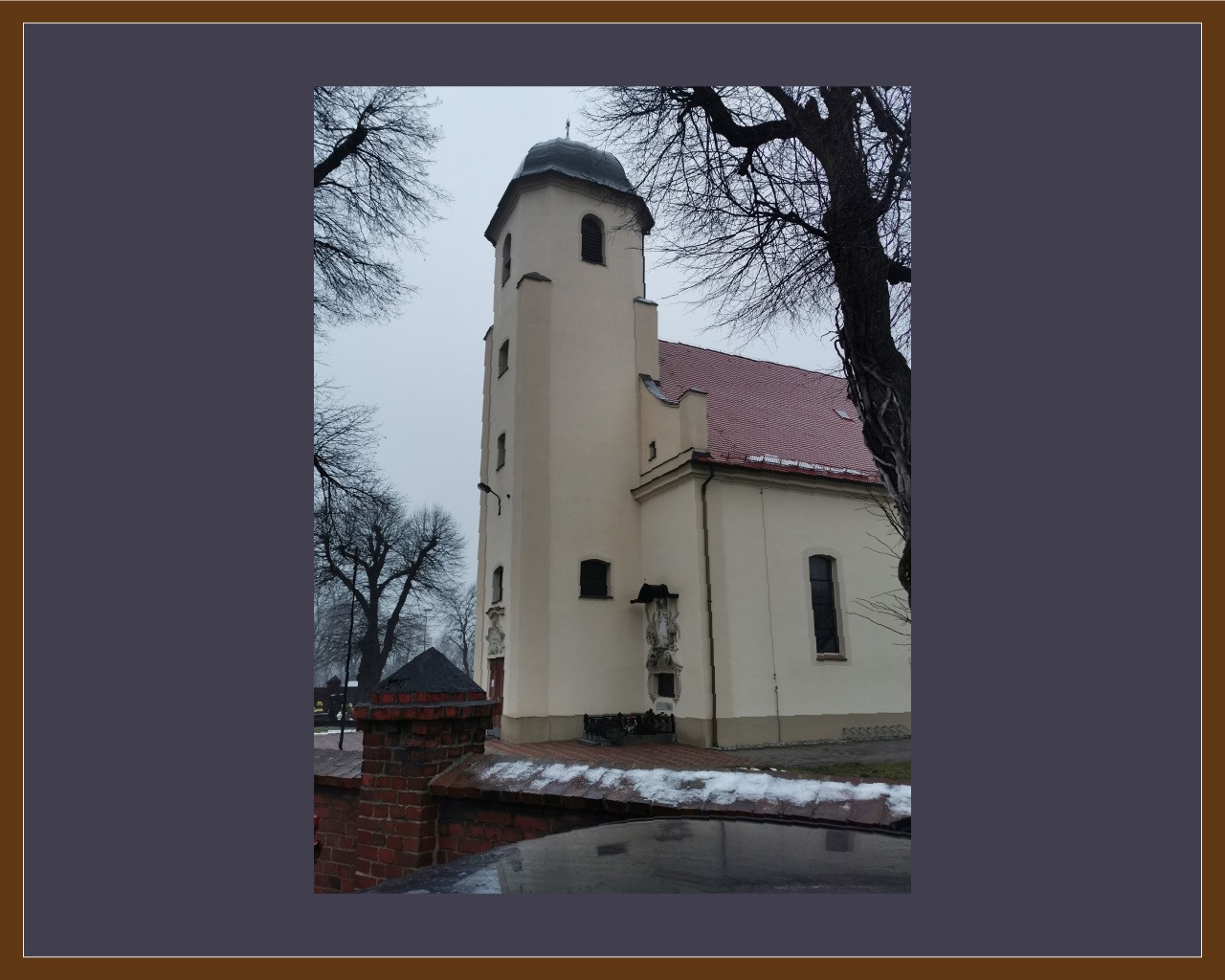
St. John's
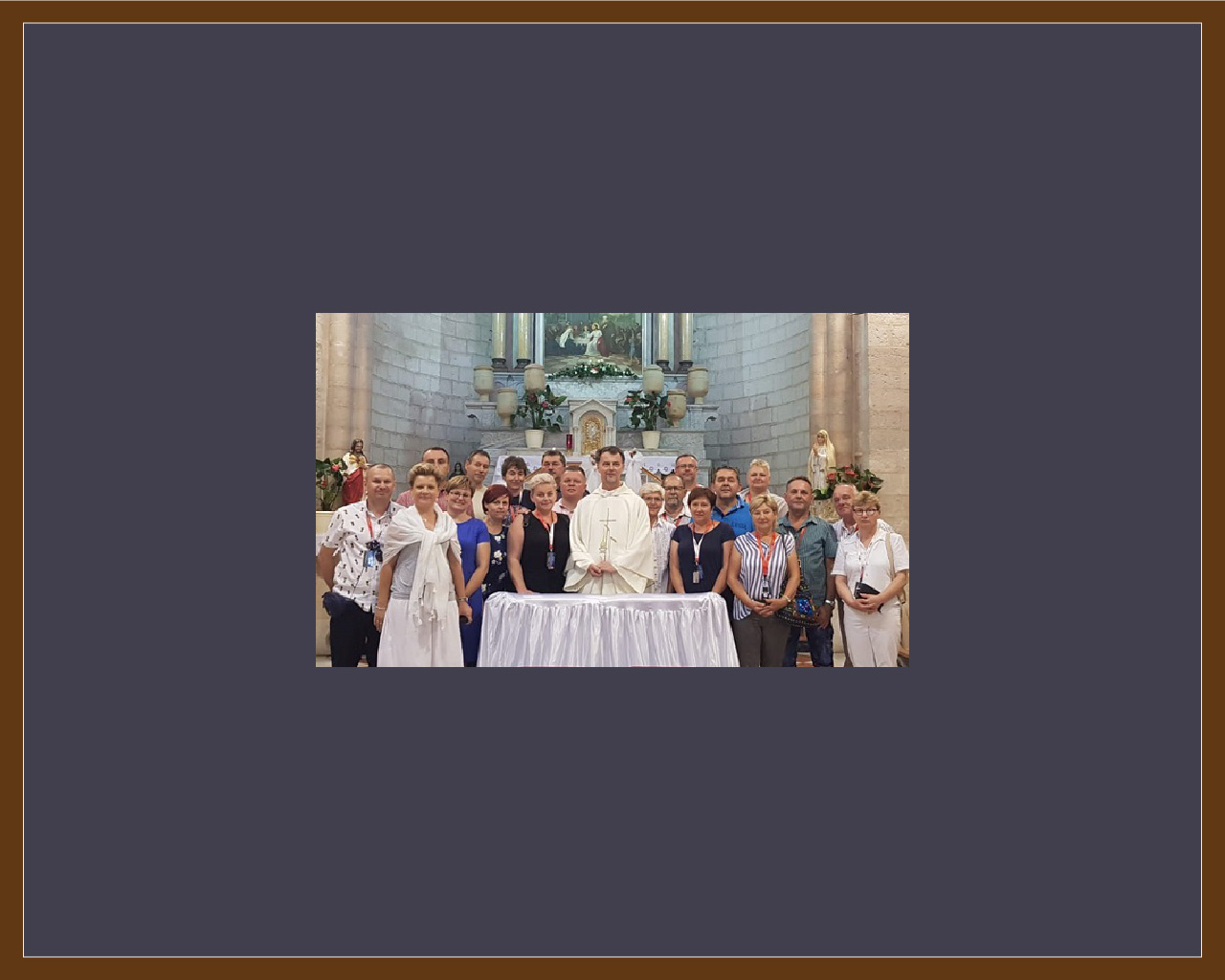
The parish community
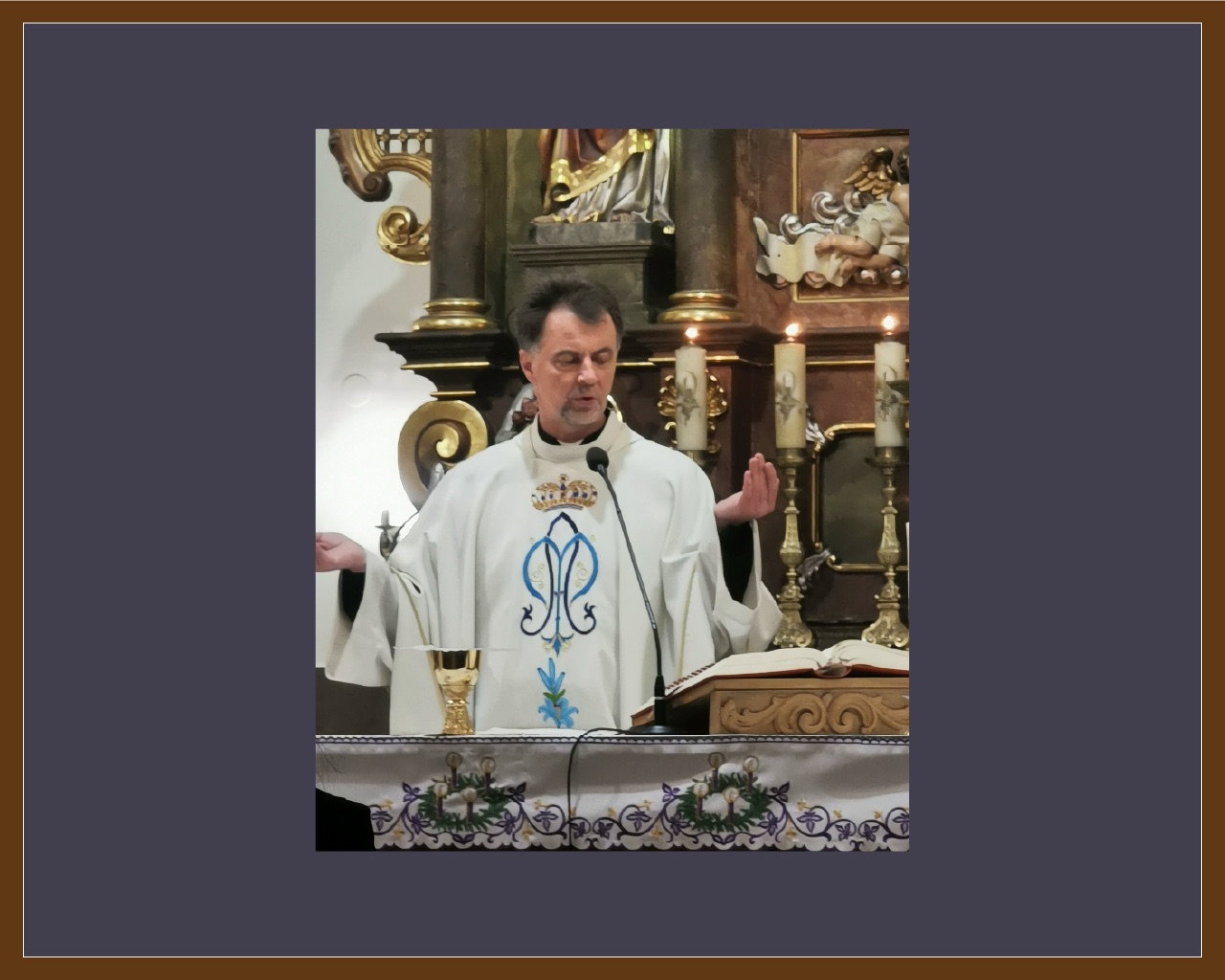
Father Jaroslaw
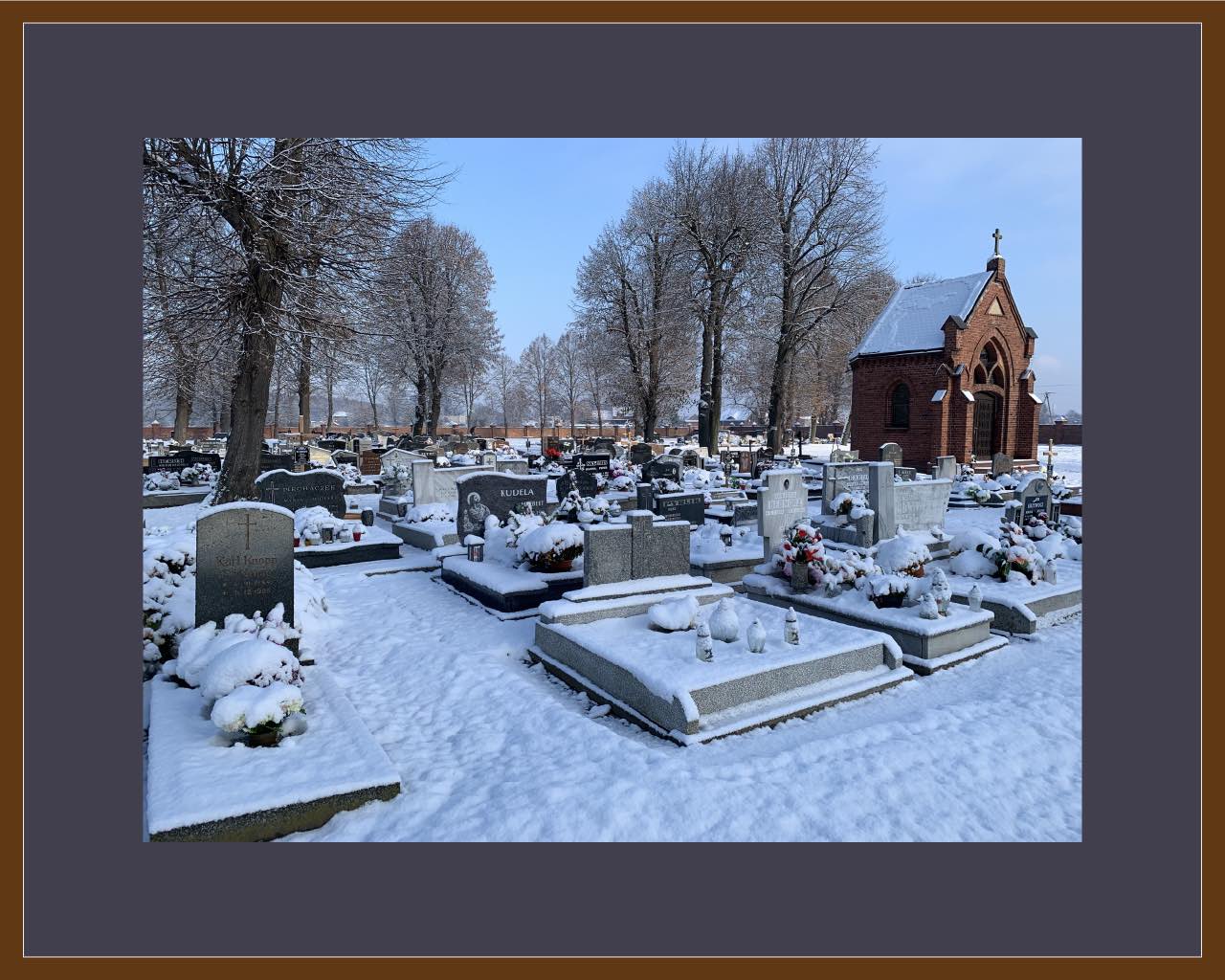
Epic history weaves through this church graveyard.
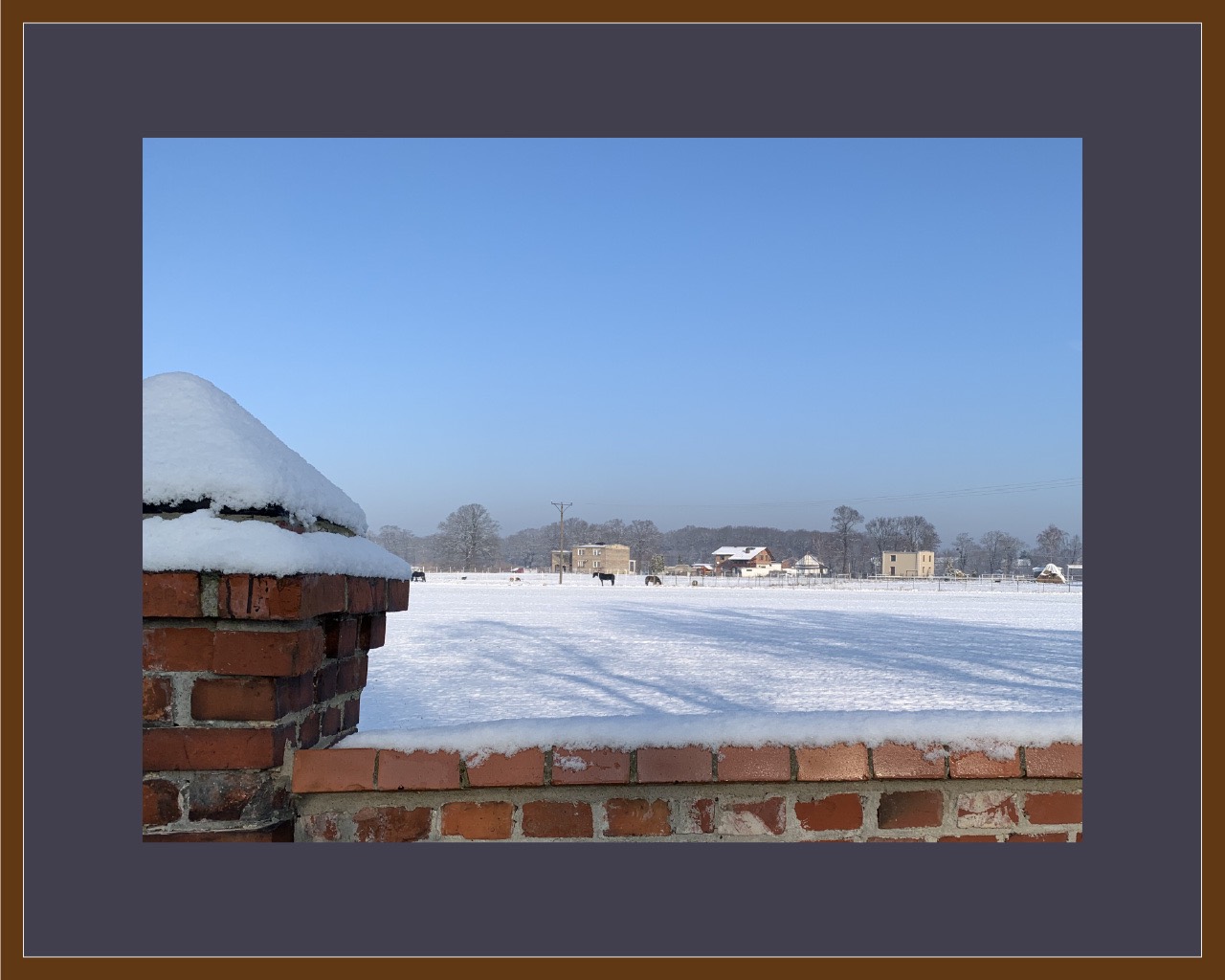
Surrounded by village farmland.
(The rumors are true. The sun does shine in December.)
(The rumors are true. The sun does shine in December.)
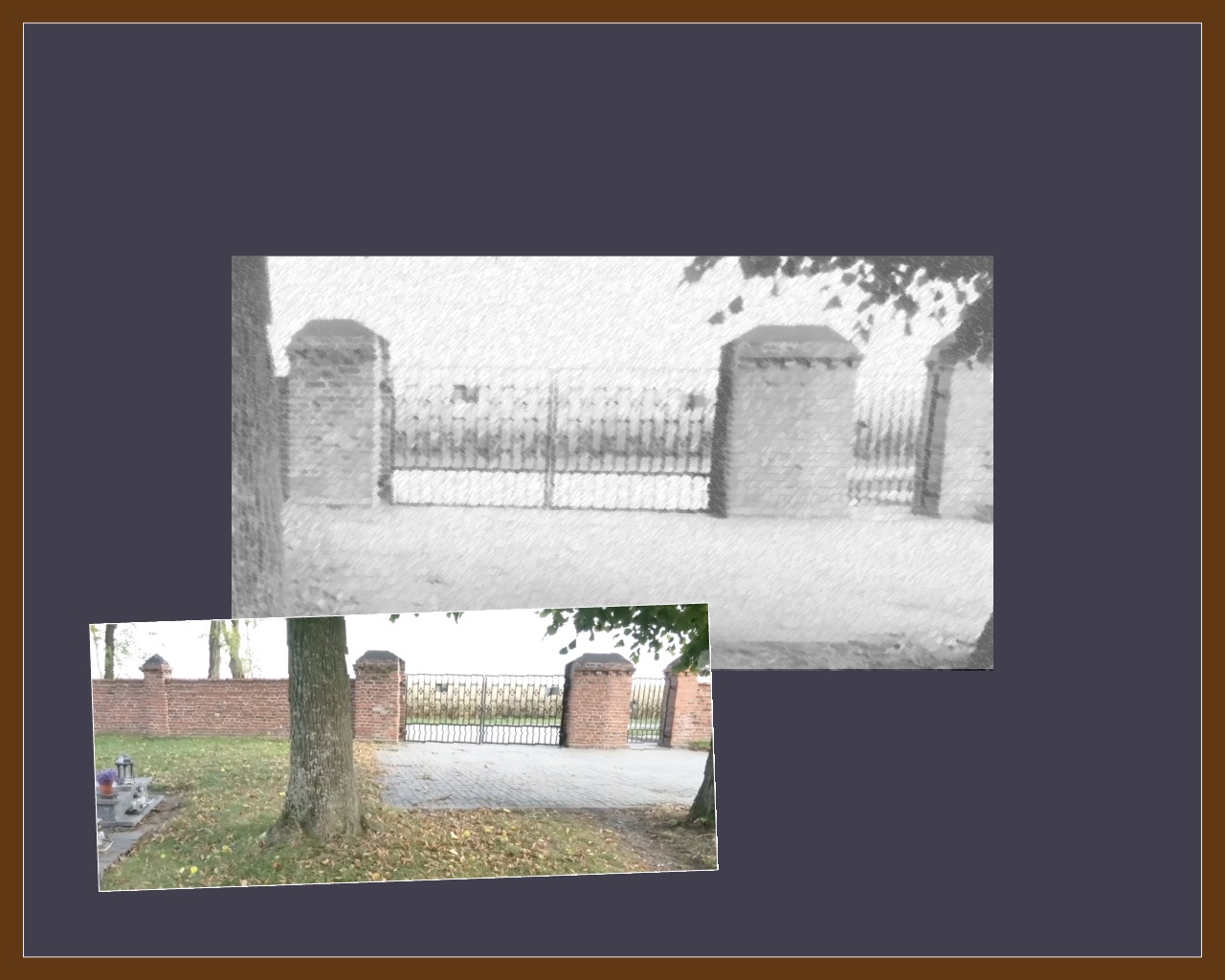
Service gate
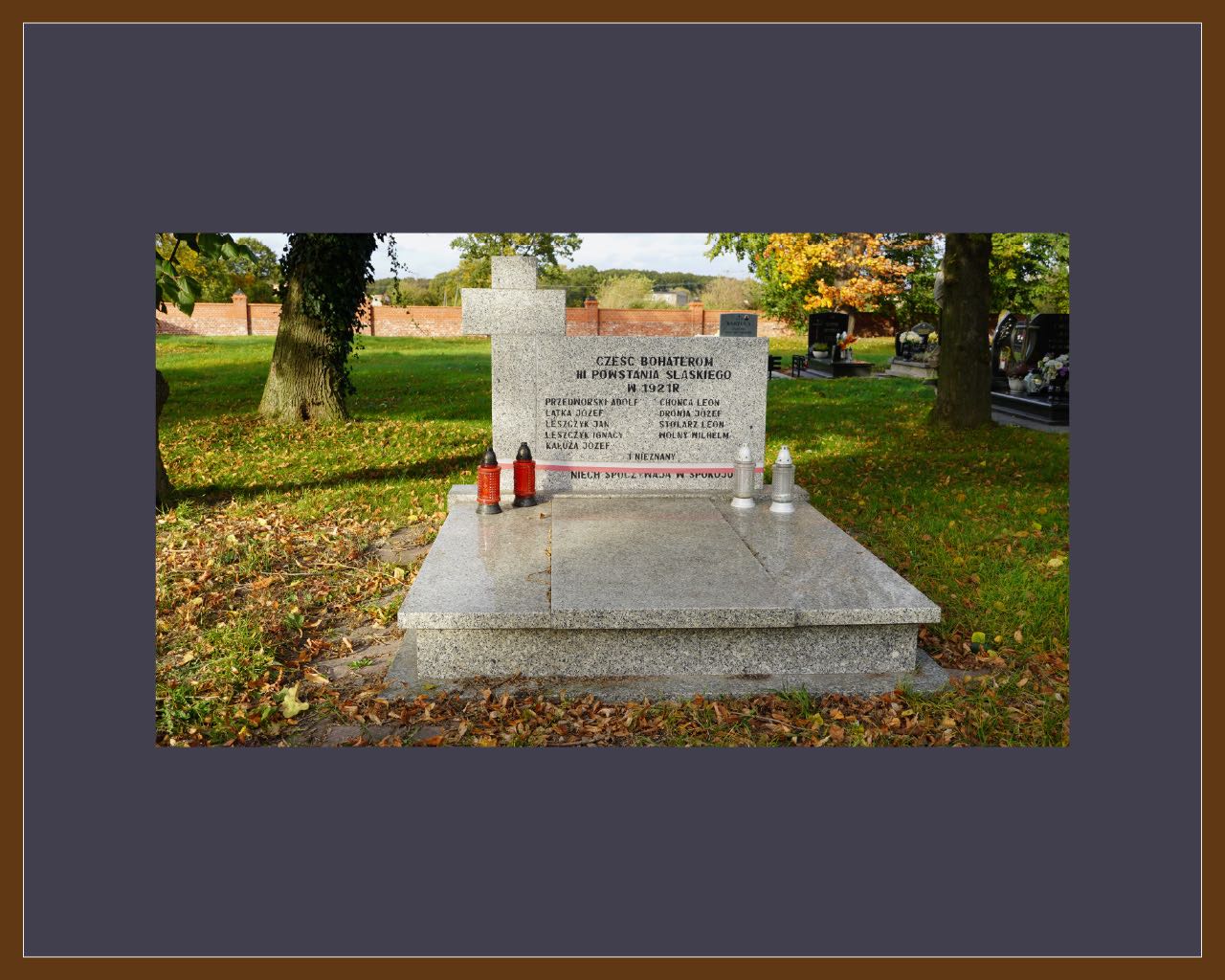
Polish soldiers from the 1921 Silesian Uprising
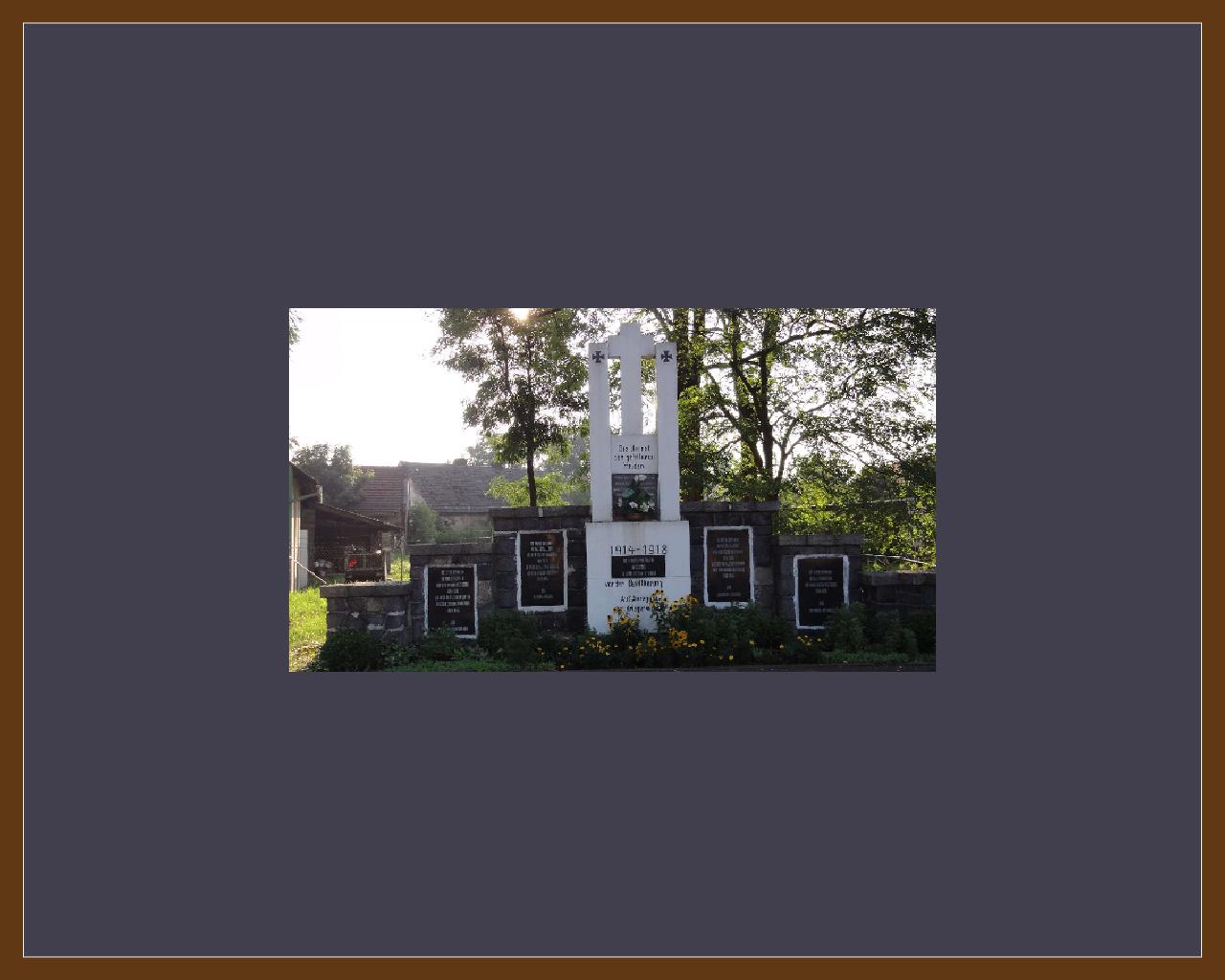
German soldiers from World War I

German soldiers from World War II. The boys of Cosel county were assigned to the Wehrmacht VI Army Corps. This unit became part of Army Group Centre during Operation Barbarossa, and fought in the Rzhev "meat grinder" near Moscow. Later they fought, and were wiped out, during Operation Bagration. Stare Kozle village feels the same pain as the Lindell crew families. Many of their boys are still MIA.
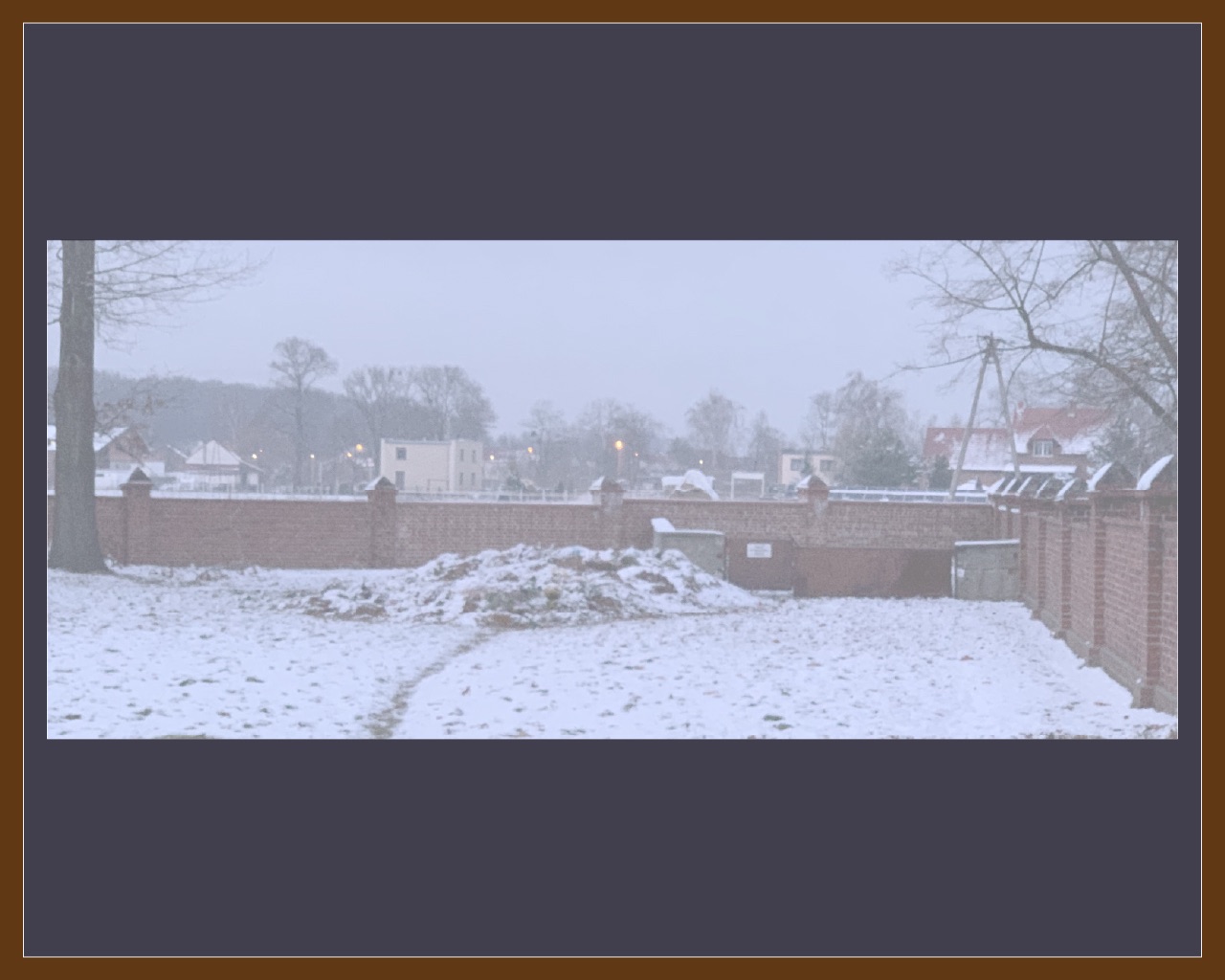
The Waters crew, 1944 - 1947
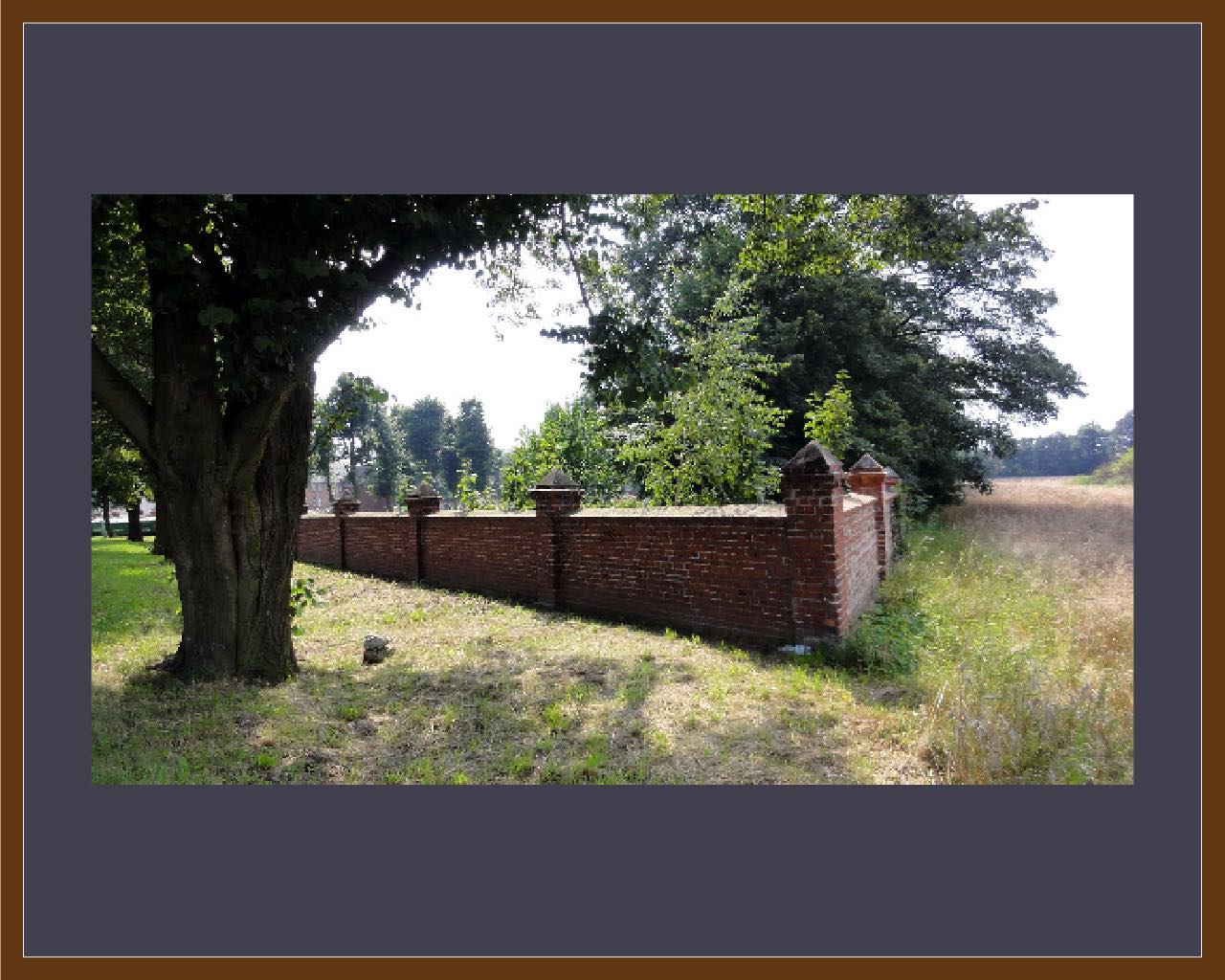
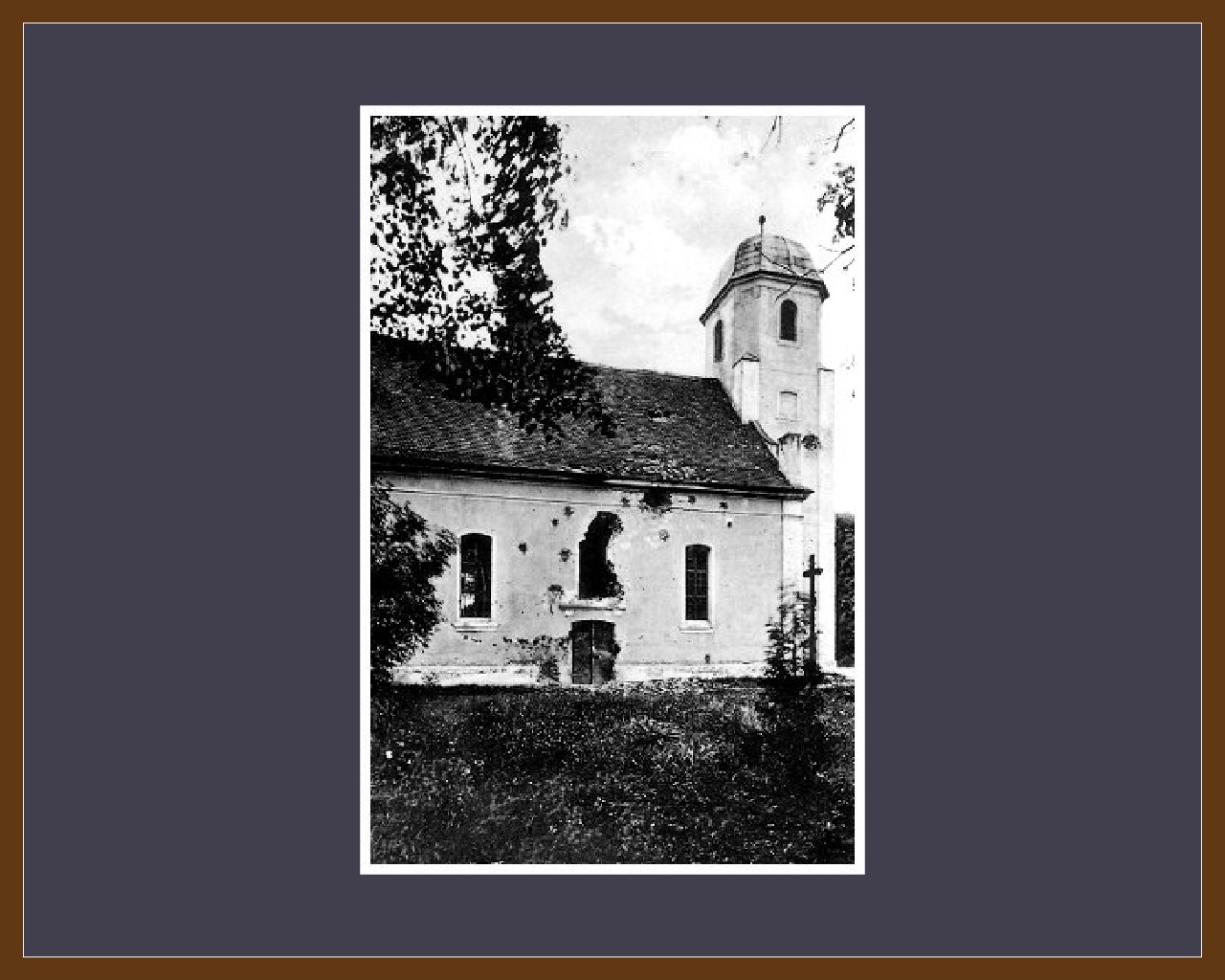
The church was shelled during the 1921 Silesian uprising.
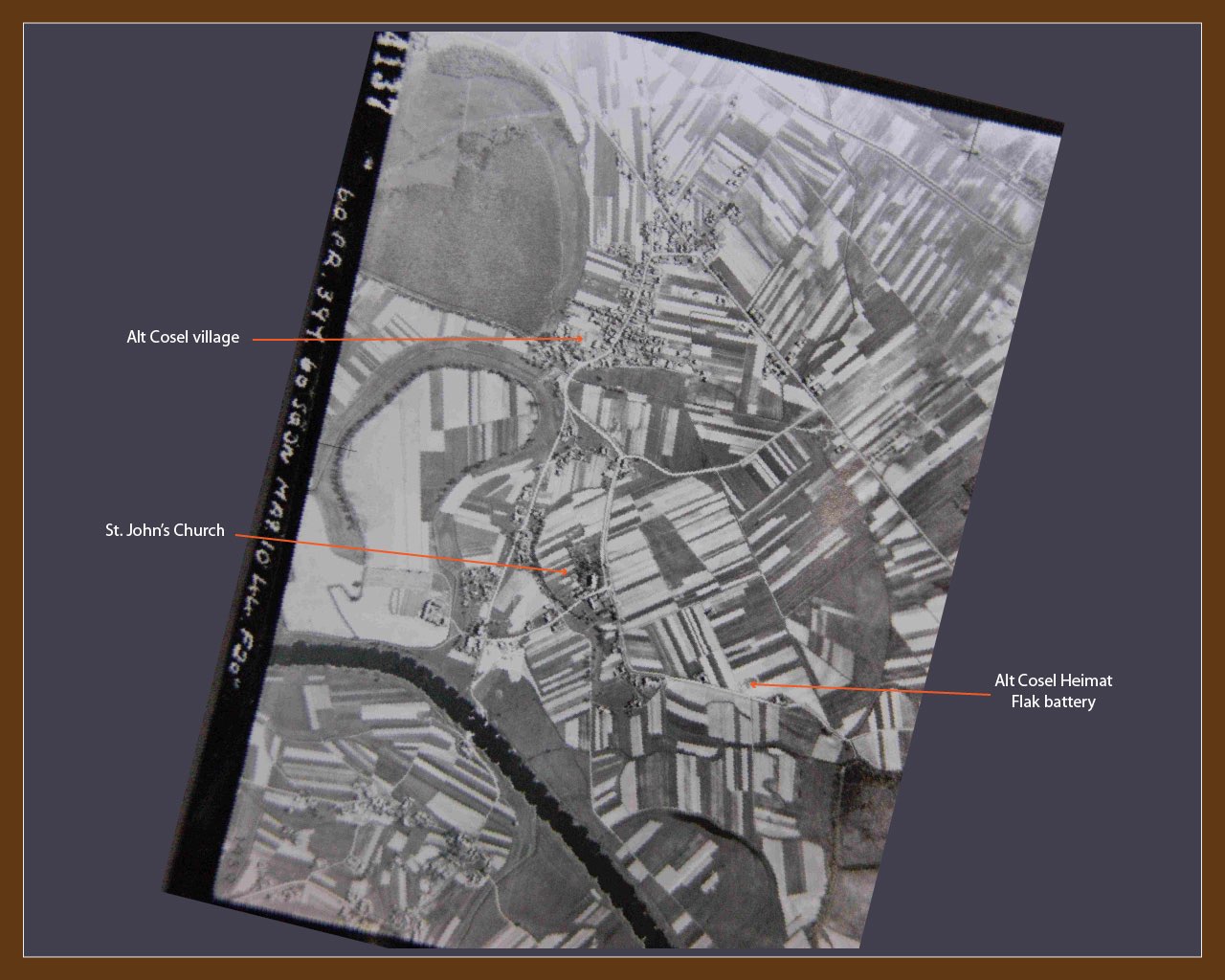
May 1944 - empty skies.
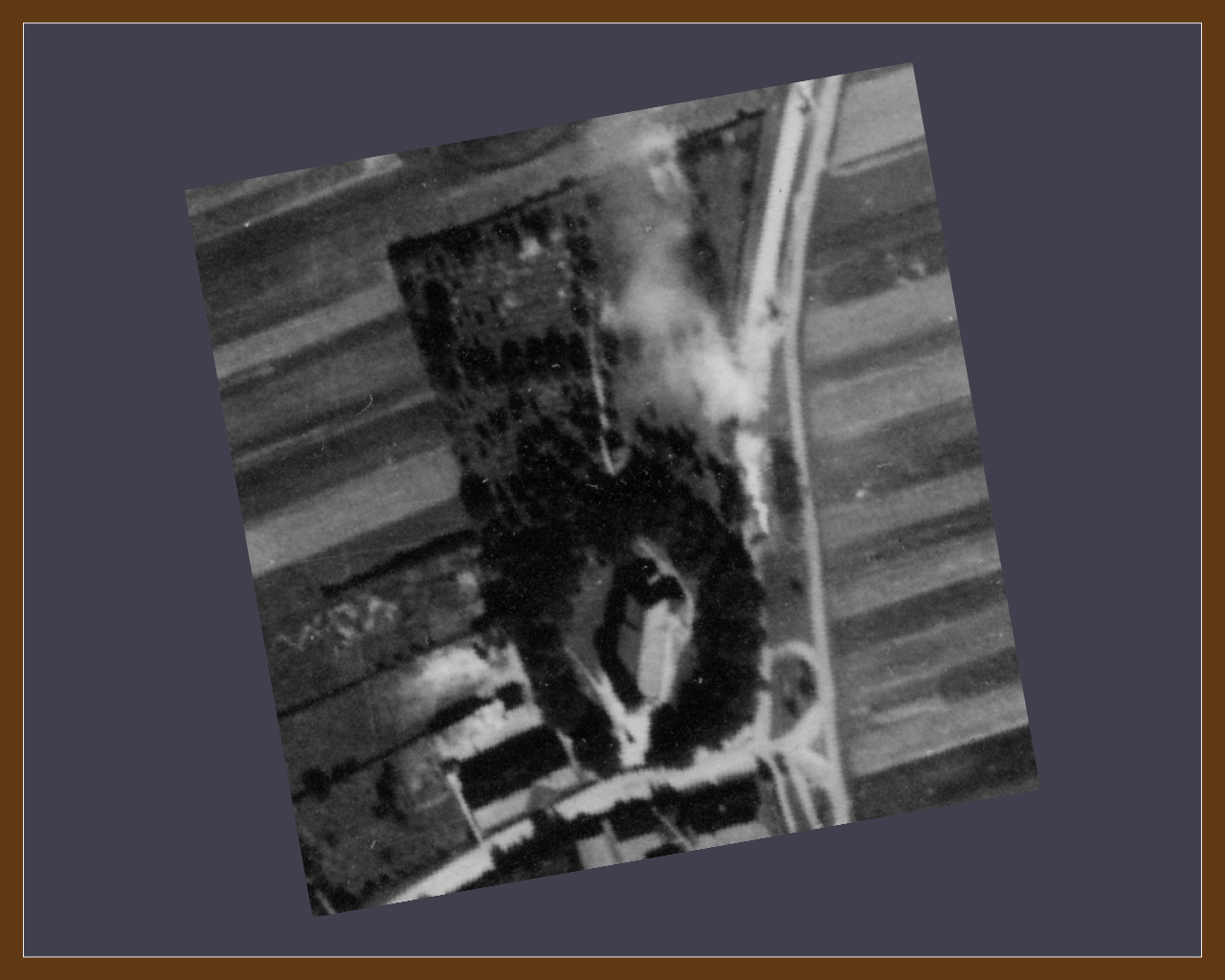
August 1944 - Note the smoke pot emitting white smoke near the service entrance.
Within the next month the Waters crew would be buried in the top right corner.
Within the next month the Waters crew would be buried in the top right corner.
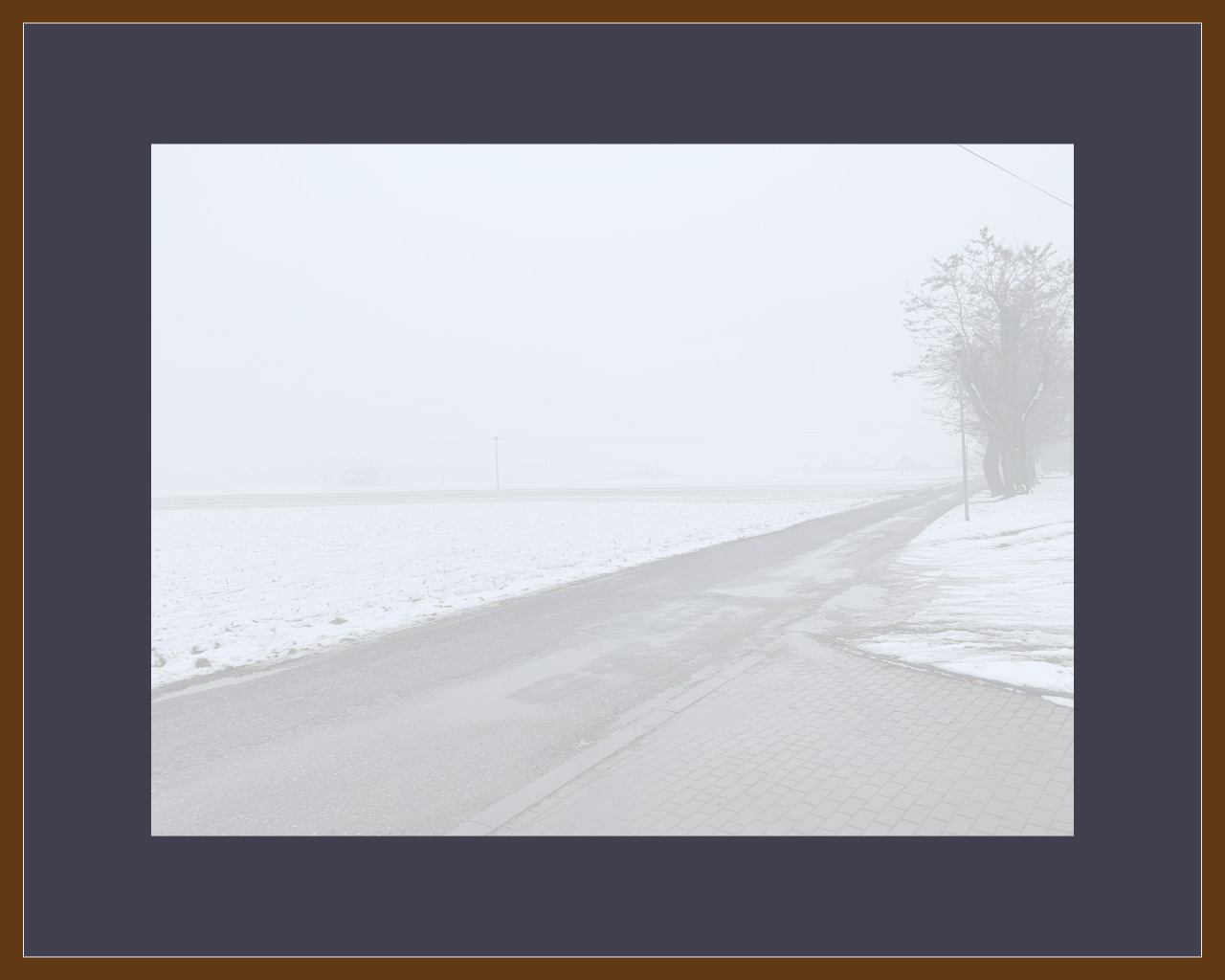
Service entrance, looking southeast towards British POW camp E-711 on a typical December day.
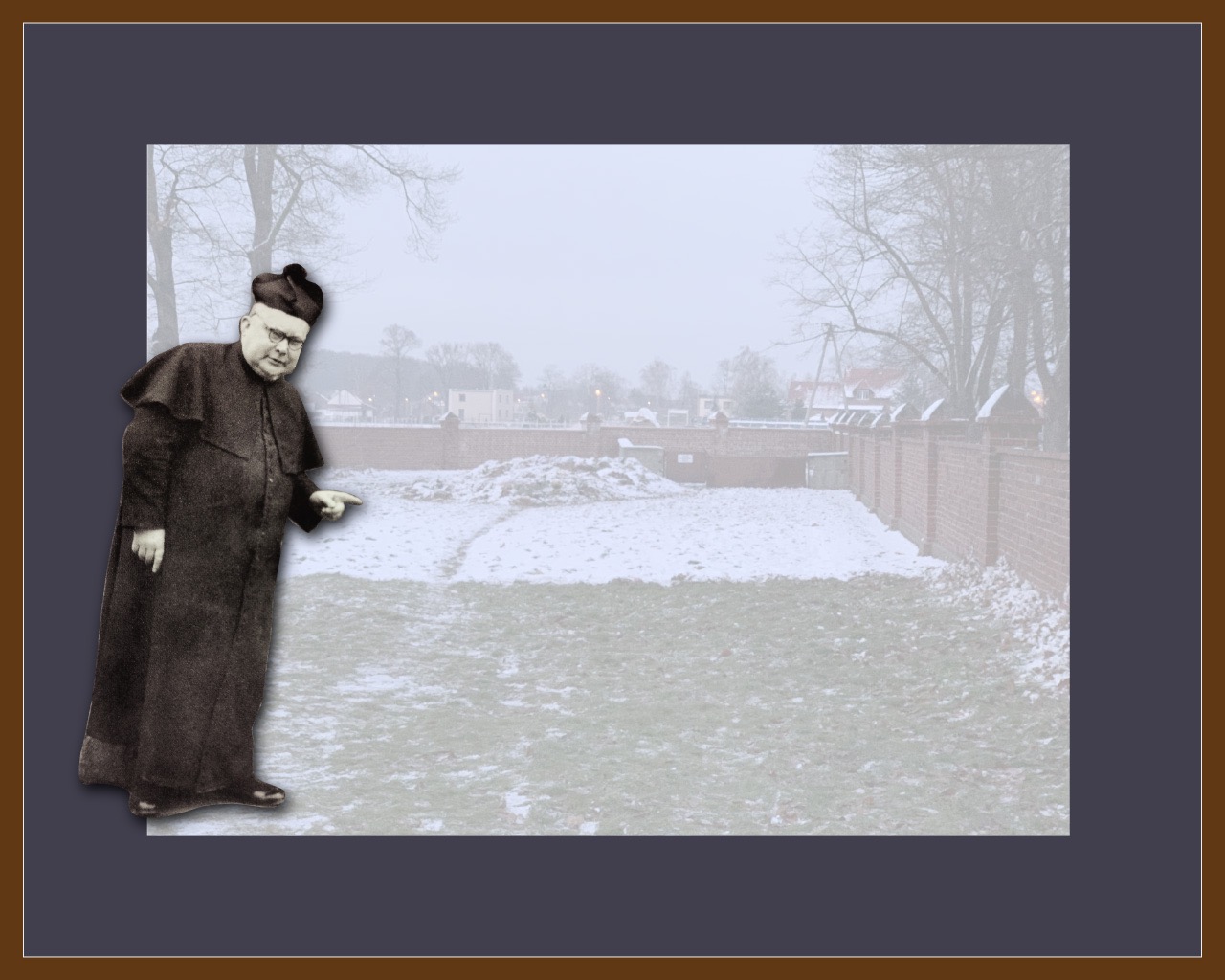
Facing the Holocaust. Watched by the local Gestapo.
With bombs raining down on his parishioners, Father Polomski guided the church,
buried and prayed for enemy airmen, and survived the Soviet invasion.
With bombs raining down on his parishioners, Father Polomski guided the church,
buried and prayed for enemy airmen, and survived the Soviet invasion.
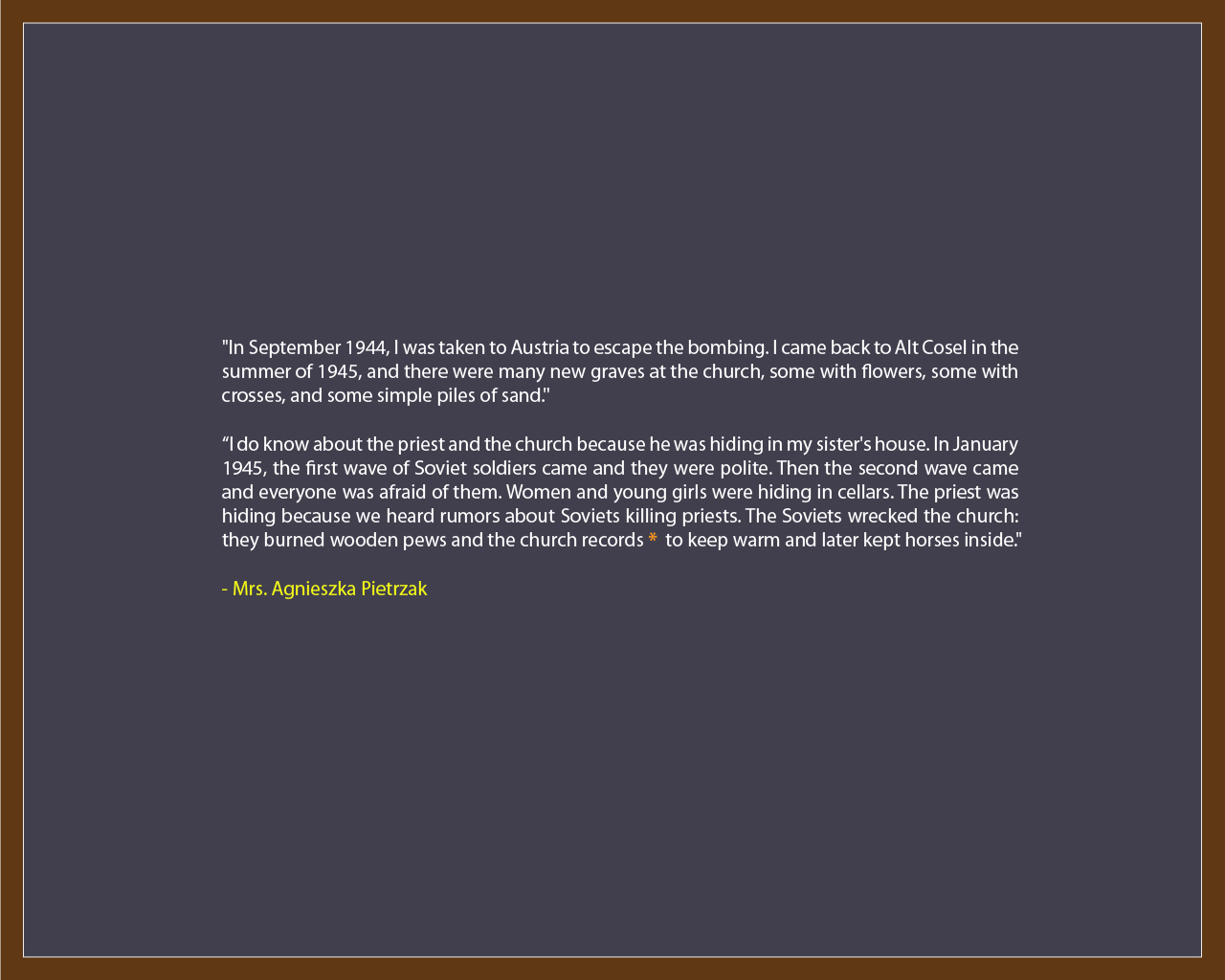
* When the Soviet troops burned the church records, the only remaining paper trail vanished.
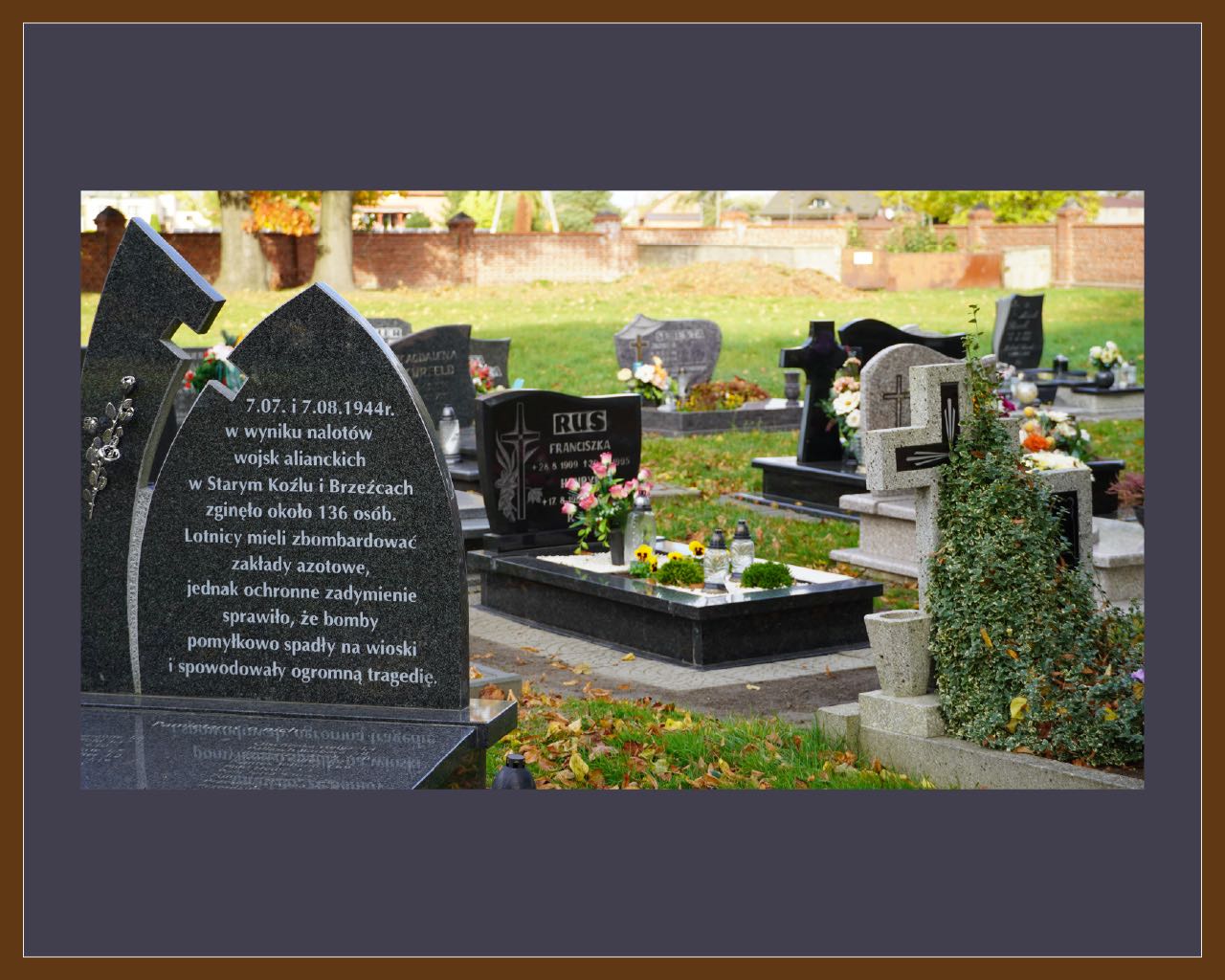
Extraordinary picture frames the Blechhammer missions.
Foreground: the mass grave from the first mission.
Behind right: Henryk Rus was killed during the second mission.
Background: the Waters crew.
Foreground: the mass grave from the first mission.
Behind right: Henryk Rus was killed during the second mission.
Background: the Waters crew.
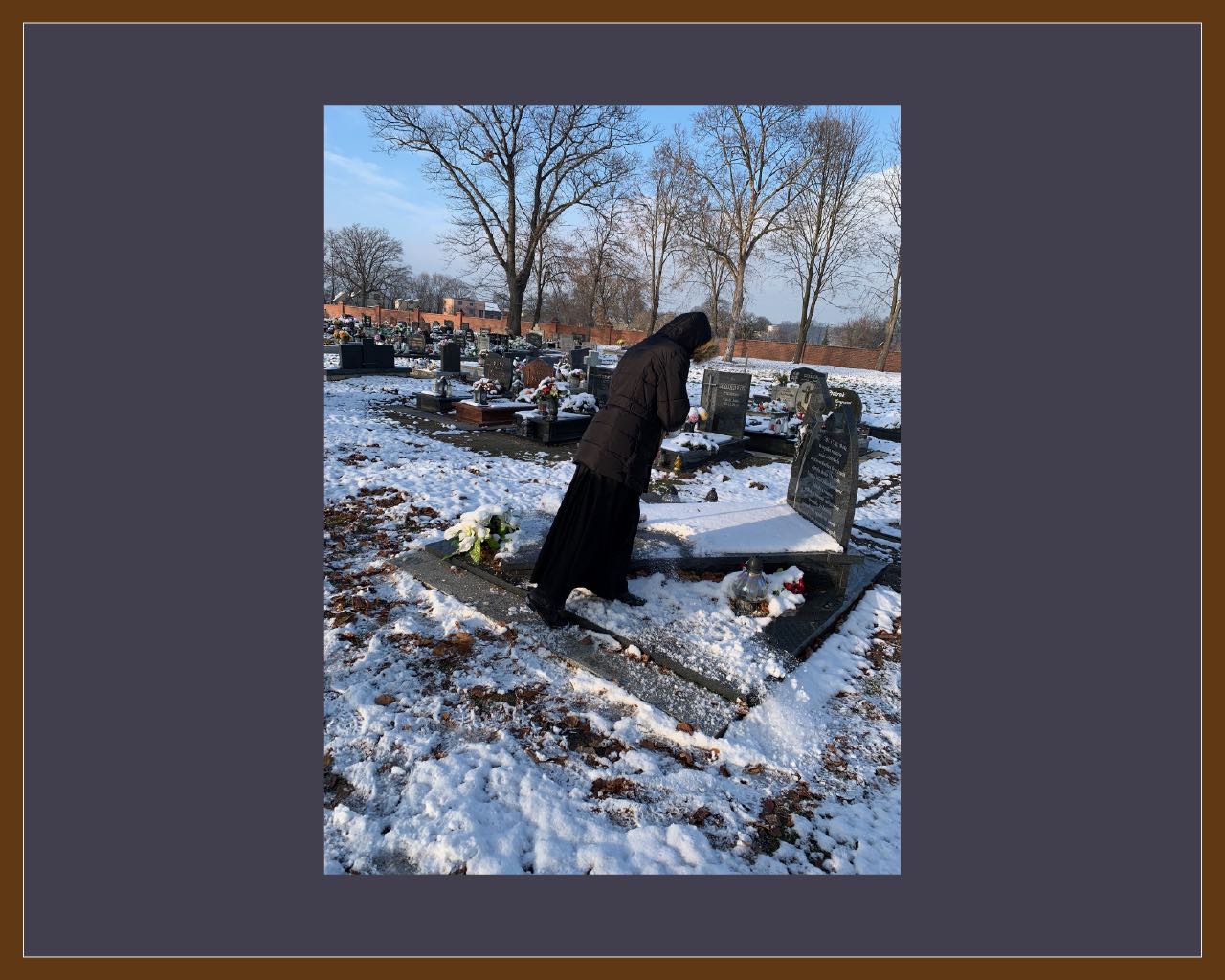
Father Jaroslaw sweeping snow from the mass grave. 136 villagers' names are carved on the tablet.
© Pappas Family Foundation - 2023